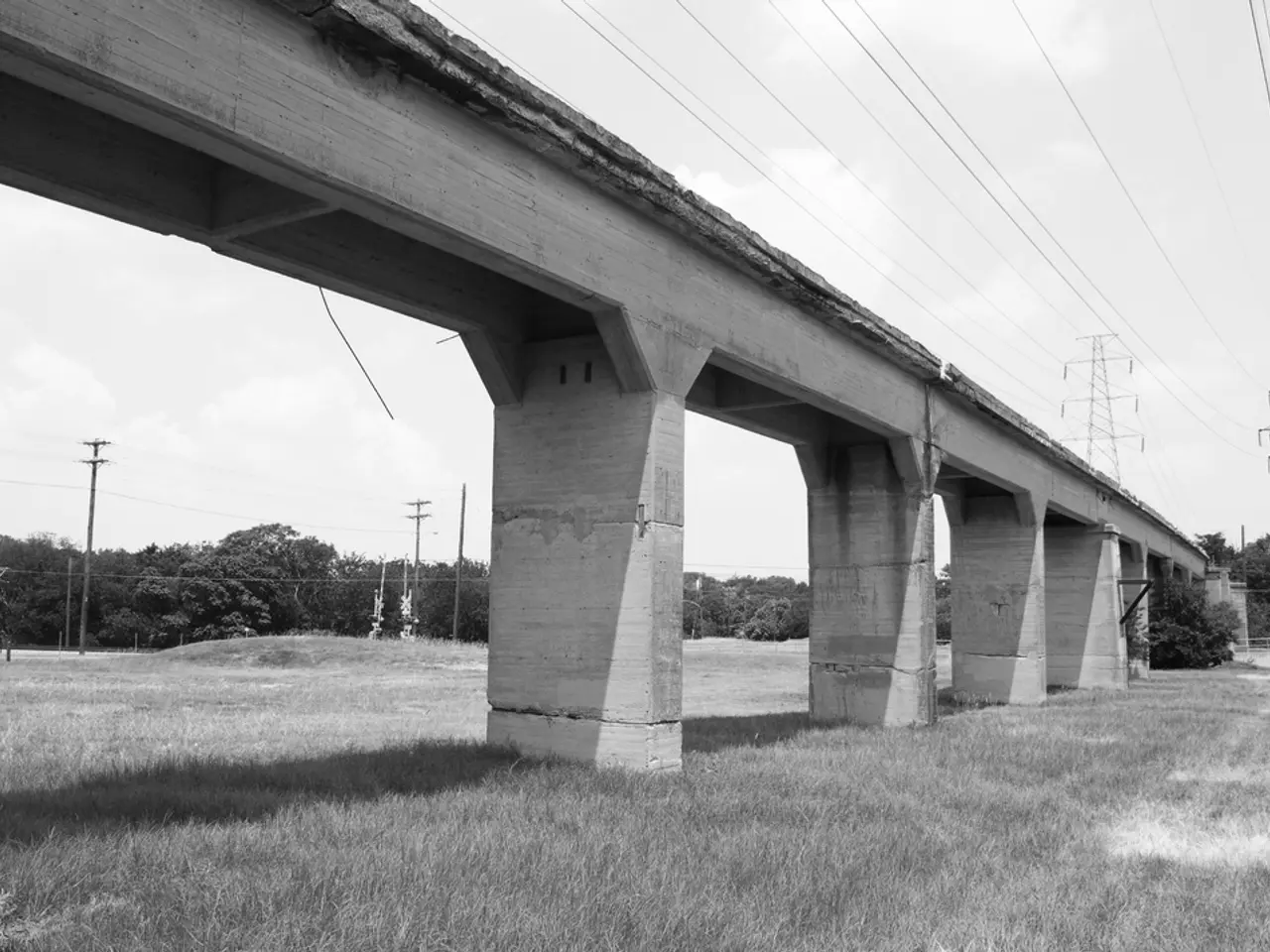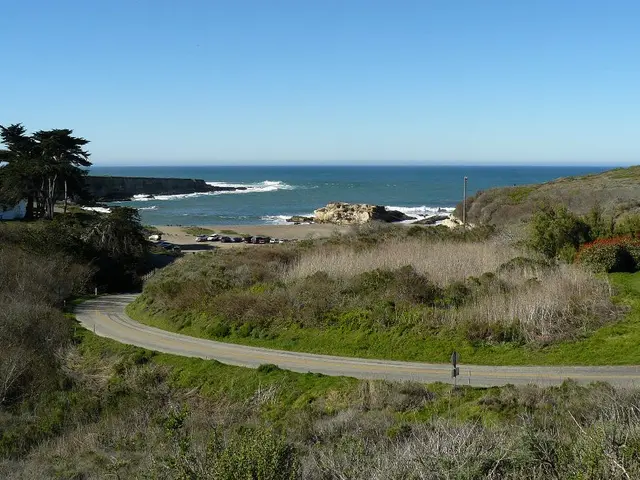TUM's Carbon Concrete: Turning Sidewalks into Giant Batteries
Researchers at the Technical University of Munich (TUM) have made significant strides in energy storage, transforming everyday structures like sidewalks and walls into 'giant batteries' using a material called Electron-Conducting Carbon Concrete (ec).
The team's latest innovation allows a cubic meter of ec with organic electrolytes to store over 2 kilowatt-hours of energy. This is enough to power a refrigerator for a day. The energy storage capacity has increased by an order of magnitude due to optimized electrolytes and manufacturing processes.
The team aims to facilitate the renewable energy transition by using ec for applications like charging electric vehicles and powering homes off the grid. In Sapporo, Japan, ec has already been used to heat sidewalk slabs due to its thermally conductive properties. Moreover, an ec arch built by the team supported its own weight, additional load, and powered an LED light, demonstrating the potential for self-monitoring under stress.
Concrete can now be made multifunctional, integrating energy storage, self-healing, and carbon sequestration. In 2023, storing enough energy to meet the daily needs of an average home required about 45 cubic meters of ec. Now, it requires about 5 cubic meters, thanks to the team's advancements.
The team's work paves the way for integrating energy storage into architectural elements like slabs, walls, and vaults, with the potential to last as long as the structures themselves. This innovation could significantly contribute to a more sustainable and efficient energy future.
Read also:
- Increase in Electric Vehicle Charging Stations Across U.S., But Is It Sufficient?
- Tesla's Semi-Truck enters partnership with Uber Freight, aiming to accelerate the usage of electric trucks.
- The current status of green hydrogen for developing countries following the wave of hype: Assessment of remains
- Rapid Growth in Bio-based Polypropylene Sector Anticipated at a Compound Annual Growth Rate of 26.5% by 2034








